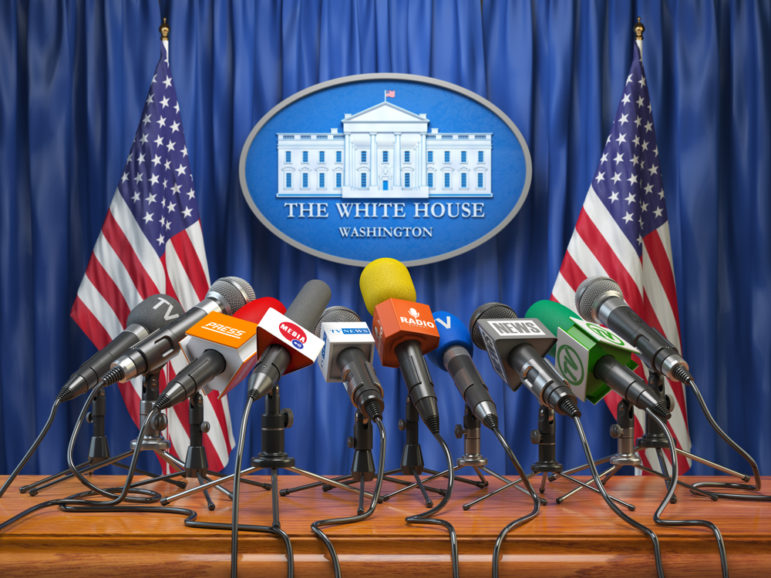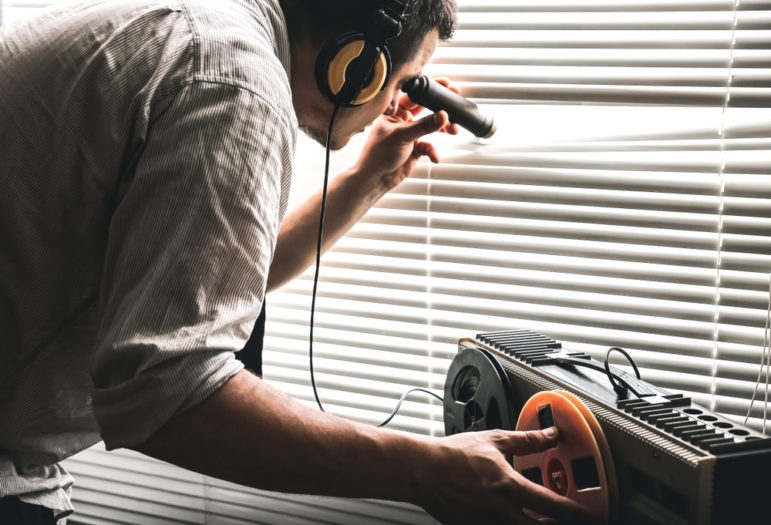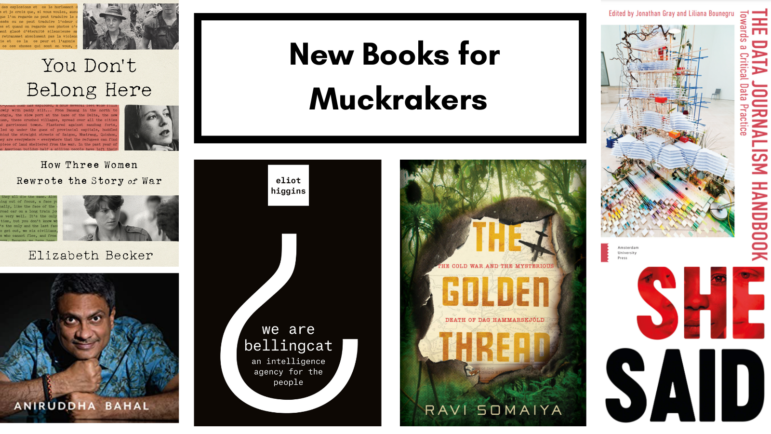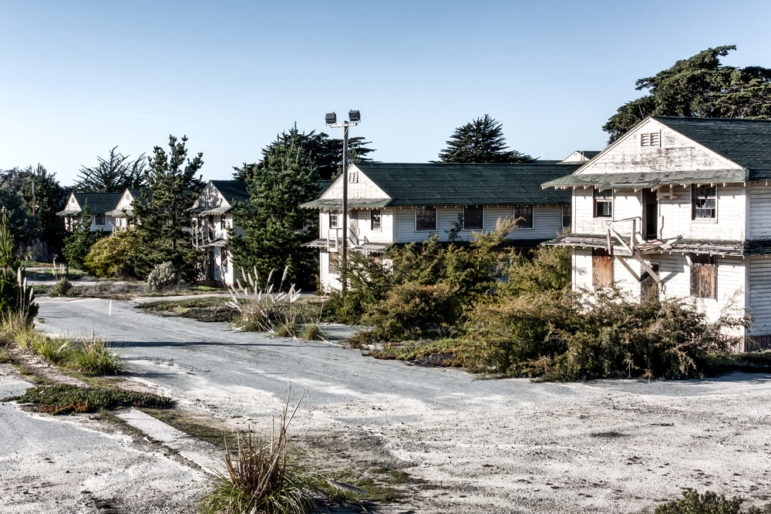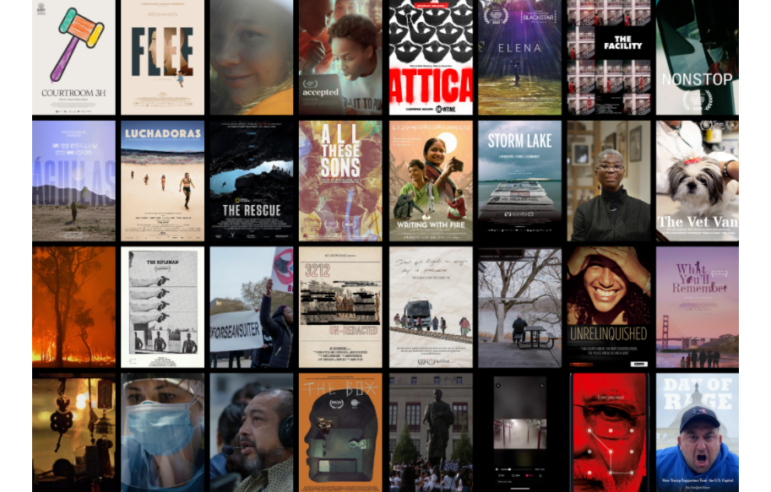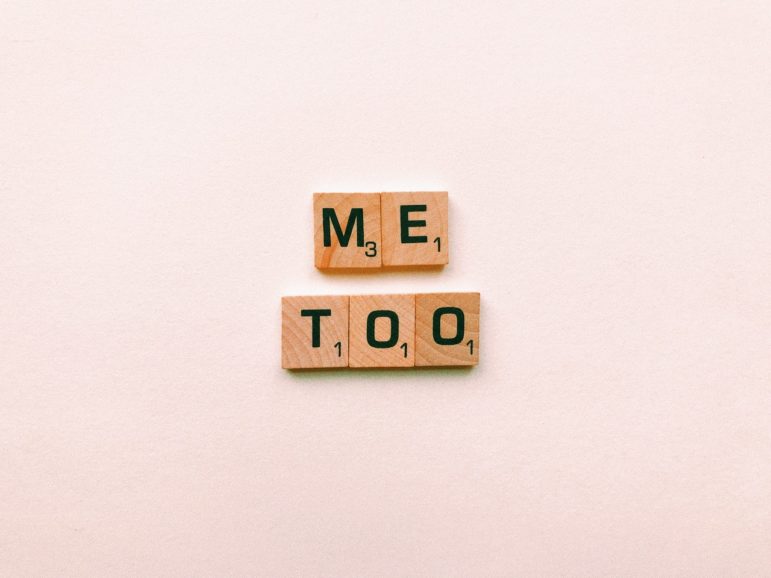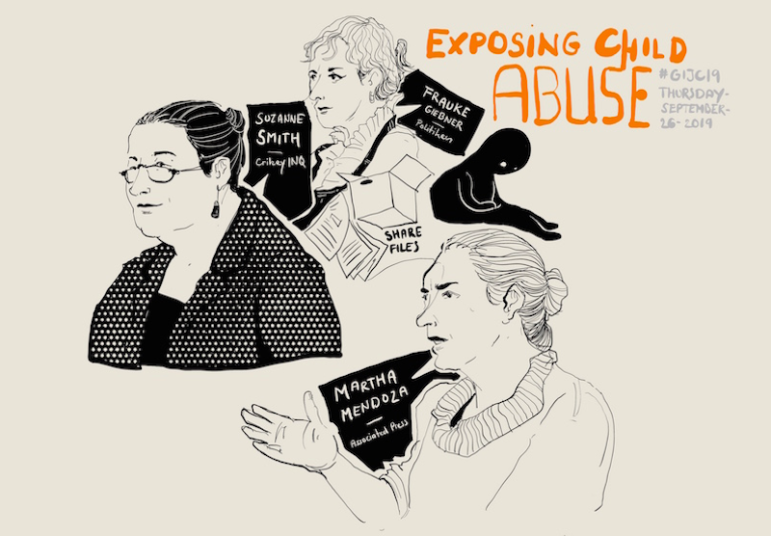

Advice for Reporters Working with Survivors of Child Abuse
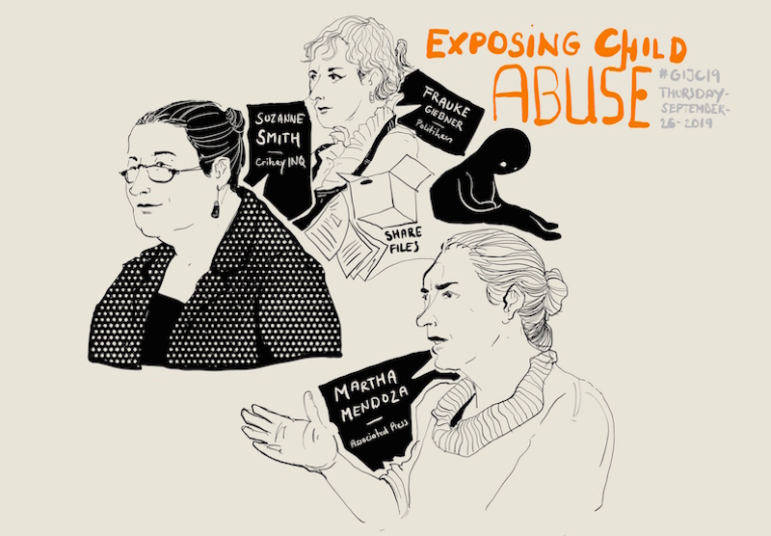
Illustration: Phil Ninh
When two-time Pulitzer winner Martha Mendoza, a journalist with the Associated Press, was reporting on the Trump administration’s policy of separating children from families at the US border, one of her sources, a doctor, told her about a detention center where teenagers slept 100 to a room and they were all crying themselves to sleep.
Mendoza says that covering child abuse is “the worst.”
“It’s a beat where sometimes I put my head down and start to cry,” Mendoza told a crowded room at the 11th Global Investigative Journalism Conference in Hamburg.
Mendoza and her teammates were finalists for a 2018 Pulitzer for their reporting on the family separation policy. She says that when this story first broke in the US, “journalists were covering it like spot news.” It was only when she spoke to trauma experts that she fully realized the lifetime of damage caused by separating very young children from their parents. For one investigation, she traveled to El Salvador to meet Araceli Ramos Bonilla and her young daughter Alexa, who were reunited after a long separation. When Alexa saw her mother again, she barely recognized her. Though they have now bonded, the trauma from the experience is far from over.
“They are not okay,” Mendoza said. “The mother cannot let the girl more than three feet away, ever.”
That long-lasting trauma is happening on a mass scale. In 2018 alone, nearly 50,000 children — who crossed the border by themselves or were separated from their families — were housed in foster programs, residential shelters, and detention camps around the US.
Australian Suzanne Smith, an investigative journalist and consulting editor at Crikey INQ, has also covered institutional child abuse. She joined forces with journalists from competing news organizations to report on the widespread sexual abuse in the Catholic Church in Australia and its subsequent cover-up.
At the conference, she showed an image of a priest on PowerPoint.
“That’s a picture of Father Vince Ryan,” said Smith. “He had 39 victims from the ages of eight to 12. He went to the Catholic Church three times and said that he was a pedophile and could he get help, and they ignored him.”
He was just one of many figures within the Church that Smith and her collaborators investigated. As a result of their reporting, the Australian government launched a public inquiry into the matter. This led to many changes, including the removal of legal barriers that had prevented survivors of child sexual abuse from suing churches and other institutions.
“My story has a happy ending, which is weird to say for a story about child abuse,” she says.
Frauke Giebner, a journalist with Danish newspaper Politiken, spent two years working on an investigation into the abuse of child actors in the Danish film industry in the 1970s. The main sources were 22 former child actors who had all suffered abuse at the hands of two well-known directors. The investigation took Giebner and her colleagues all the way to Thailand, where both directors now live. They used serious sleuthing to track down their specific addresses — one of Giebner’s colleagues found a photo of a director’s fence and gate on Facebook and wandered the city where he lived, trying to find a match. He eventually did.
However, Giebner says the most important part was building trust with her sources: “They felt like it was their project, too.”
Here are a few tips from these three journalists about carrying out sensitive investigations into abuse.
1. Build trust with survivors.
“Everything was about building trust,” said Giebner. “Some people had never spoken to anyone about what happened for the past 40 years. It was a big decision for them to trust us with their story.”
In one case, they waited six months for a source to decide whether he wanted to participate or not. They would follow up with sources who had originally said no, sometimes with a handwritten letter. And when sources did decide to participate, the team made them part of the project.
“We granted them access to their stories, to everything we wrote — which is not something we usually do,” she said. “We shared information about the investigation with them as it was going. We gave them, to some degree, the power to decide what went into the story because, after what happened to them, we thought it was important for them to take back power.”
2. Take care of the well-being of your sources.
When Mendoza interviews vulnerable people, she says she always lets it be on their terms.
“They can control the narrative,” she said. “They are free to stop talking whenever.”
Giebner and her team were able to hire a psychologist, who spoke to sources before the initial interview and just before the series was published. This helped some sources decide that they wanted to remain anonymous. That was okay with Giebner and her colleagues. Mendoza agrees.
“When covering child abuse, we try to protect the survivors,” Mendoza said. In her reporting, for example, she never shows children’s faces.
Finally, Giebner said that it helped to connect with survivors’ families.
“One of our sources disappeared after our interview and we couldn’t get a hold of him,” Giebner said. “We were concerned about whether or not he was okay. It was helpful to be able to reach out to a family member.”
All three agreed that journalists working with traumatized sources should seek the advice of trauma experts and psychologists.
3. Survivor communities can help you and help each other.
During her investigation into sexual abuse within the Catholic Church, Smith learned that some survivors really wanted to help. And she found that they could provide a lot of insider information about the closed community and how it dealt with these issues.
“We engaged with survivors, victims, and their families and taught them to be investigators,” she said. “Hundreds of them had documents. Some were willing to become investigators and super sleuths.”
In one case, Smith was looking at a particular diocese north of Sydney where there were three Catholic schools in the 1970s. Smith found out that 60 former pupils from those schools ended up dying by suicide.
In the meantime, survivors of pedophile priests in the area had created a group and started sharing information.
“Through the network, we realized that all the men [who had died by suicide] had been victims of priests,” Smith said.
She emphasized that it is important to regularly check in with survivors and make sure that they are doing okay.
 Brenna Daldorph is a freelance audio producer and journalist, based in London (after growing up in Kansas and spending many years in Paris). She often works for PRI’s The World and The Guardian. Many of her stories focus on trauma and resilience among children and young people. In the past few years, she’s reported from Kenya, the Central African Republic, and Nigeria.
Brenna Daldorph is a freelance audio producer and journalist, based in London (after growing up in Kansas and spending many years in Paris). She often works for PRI’s The World and The Guardian. Many of her stories focus on trauma and resilience among children and young people. In the past few years, she’s reported from Kenya, the Central African Republic, and Nigeria.

